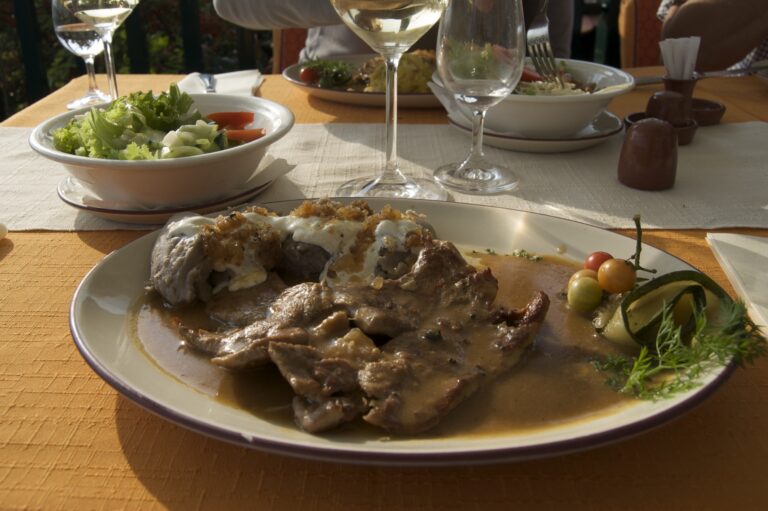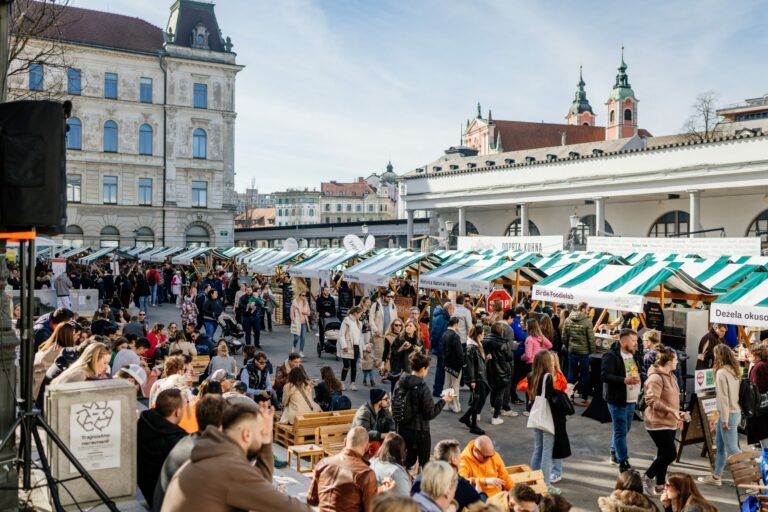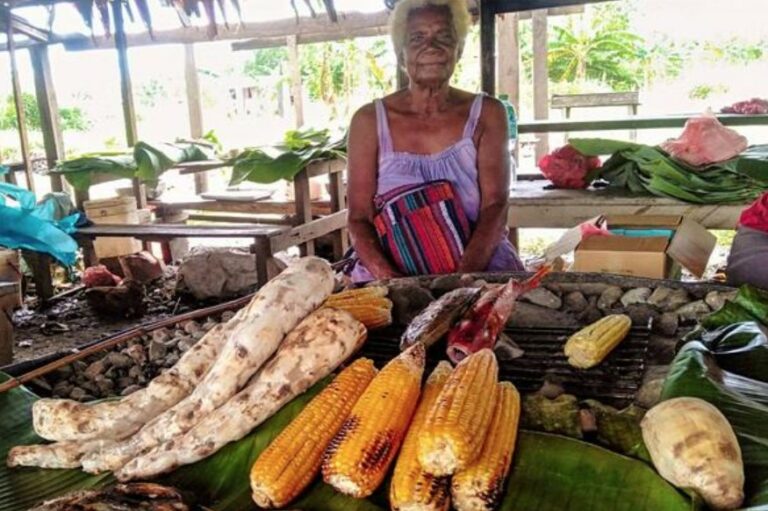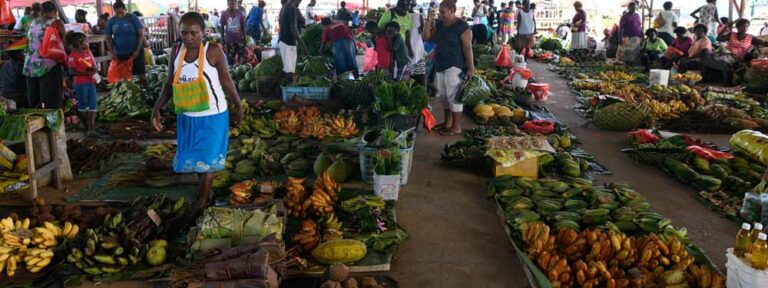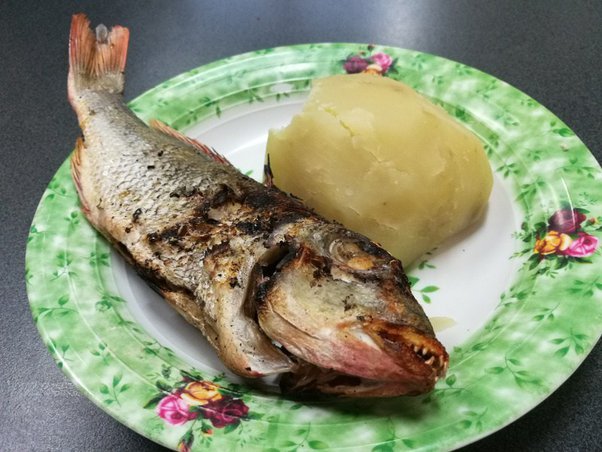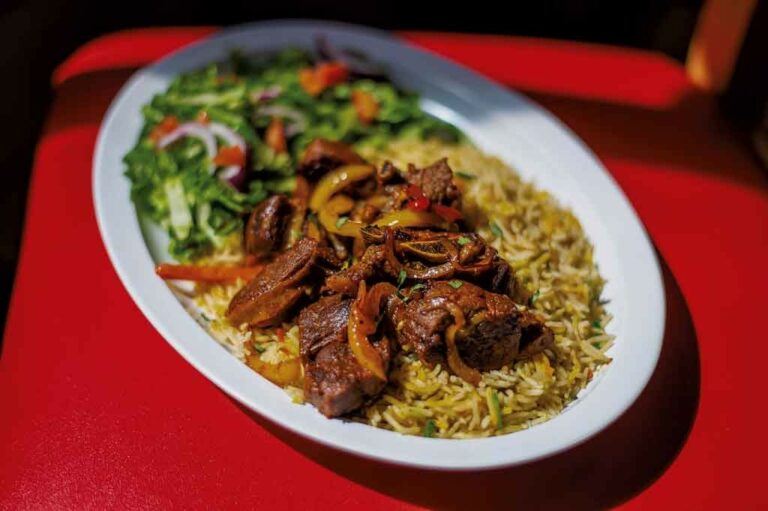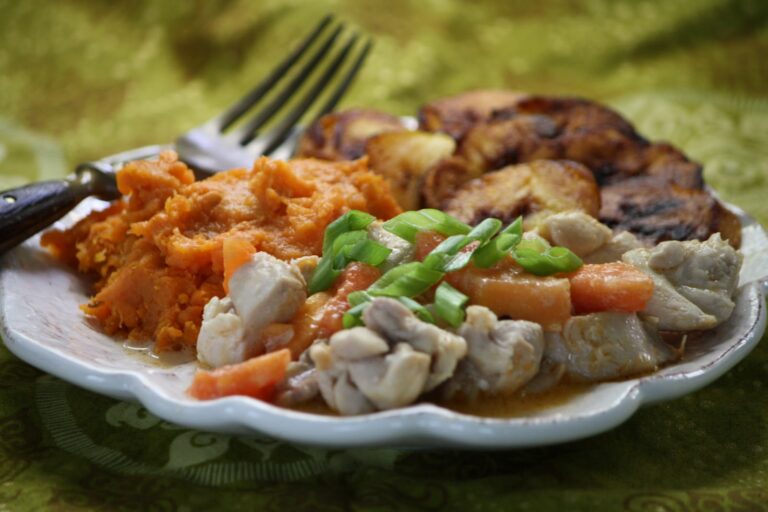Introduction: The Delicious Cuisine of Slovenia
Slovenian cuisine is a blend of various Central European and Mediterranean influences. It is a relatively undiscovered gem in the culinary world, and its unique flavors and textures make it a must-try for food lovers. Slovenian cuisine is characterized by its use of fresh and locally sourced ingredients, resulting in dishes that are simple yet flavorful.
1. Traditional Slovenian Dishes to Try
Some of the traditional Slovenian dishes that you must try include potica, a sweet pastry made with a variety of fillings such as walnuts, tarragon, and poppy seeds. Another must-try dish is jota, a hearty soup made with sauerkraut, potatoes, and beans. Kranjska klobasa, a type of sausage made from pork and beef, is also a popular Slovenian dish that is often served with sauerkraut and mustard.
2. Regional Specialties Worth Sampling
Slovenia has three distinct regions, and each has its own unique cuisine. In the coastal region, the seafood is a must-try, especially the grilled calamari and sea bass. In the Alpine region, the specialty dish is Štruklji, a type of dumpling filled with cottage cheese, nuts, and herbs. In the Pannonian region, the dishes are influenced by Hungarian cuisine, and the most famous dish is bograč, a hearty stew made with various meats and vegetables.
3. Appetizers and Snacks to Start Your Meal
Slovenian cuisine has several appetizers and snacks that are perfect for starting your meal. One of the most popular is the ajdovi žganci, which are buckwheat dumplings served with cracklings and a side of sauerkraut. Another must-try is the kranjska klobasa, which is often served as an appetizer or a snack.
4. Main Courses That Will Satisfy Your Palate
Slovenian cuisine has several main courses that are sure to satisfy your palate. One of the most popular is the idrijski žlikrofi, which are small potato dumplings filled with herbs and served with a variety of sauces. Another must-try is the prekmurska gibanica, which is a layered pastry filled with poppy seeds, apples, and cheese.
5. Desserts and Sweets That Are Simply Divine
Slovenian cuisine has several desserts and sweets that are simply divine. One of the most popular is the potica, which is a sweet pastry filled with a variety of fillings such as walnuts, tarragon, and poppy seeds. Another must-try is the kremna rezina, which is a layered dessert made with vanilla cream and puff pastry. Cmoki, which are boiled dumplings filled with prunes or other fruit, are also a popular dessert in Slovenia.
In conclusion, Slovenian cuisine is a must-try for food lovers due to its unique flavors and textures. Whether you are looking for traditional dishes, regional specialties, appetizers, main courses, or desserts, Slovenia has something to offer everyone. So, the next time you visit Slovenia, make sure to sample some of its delicious cuisine.

